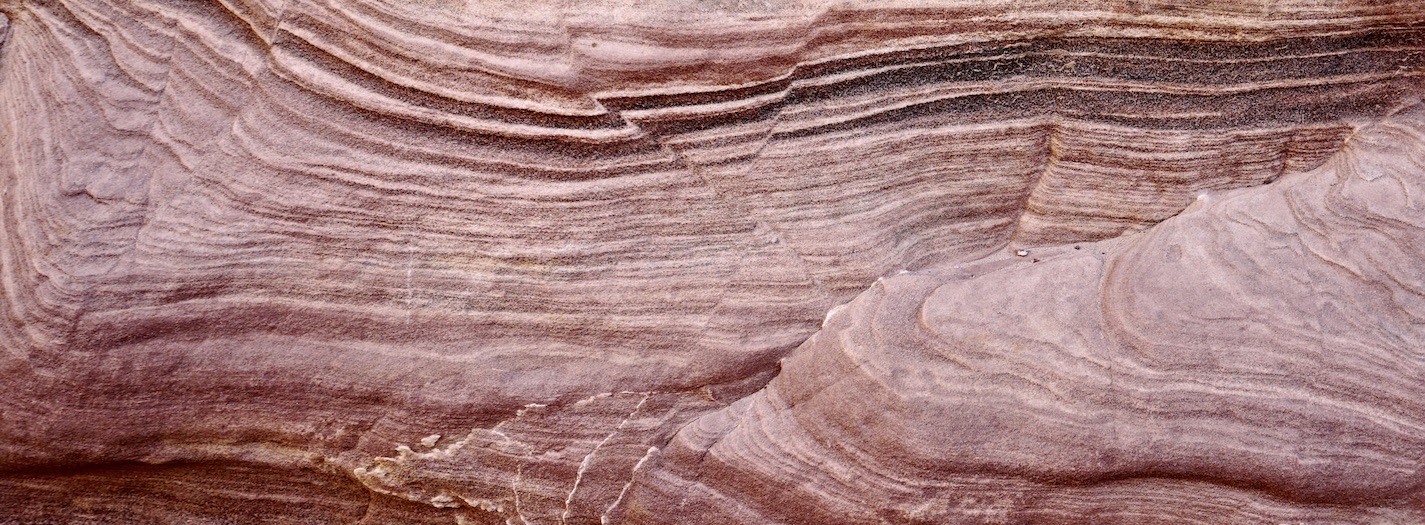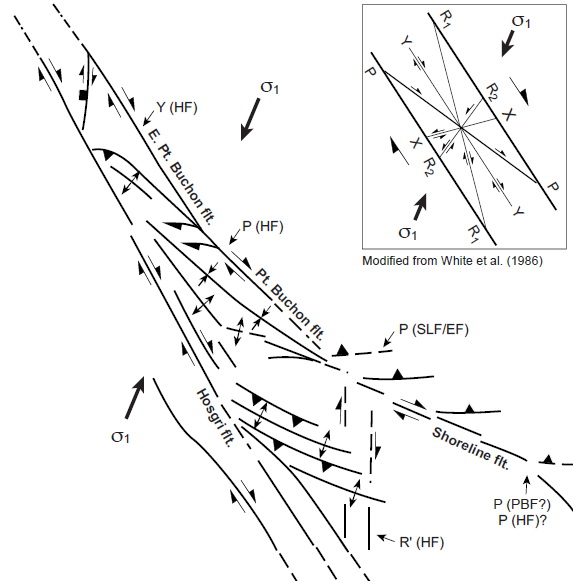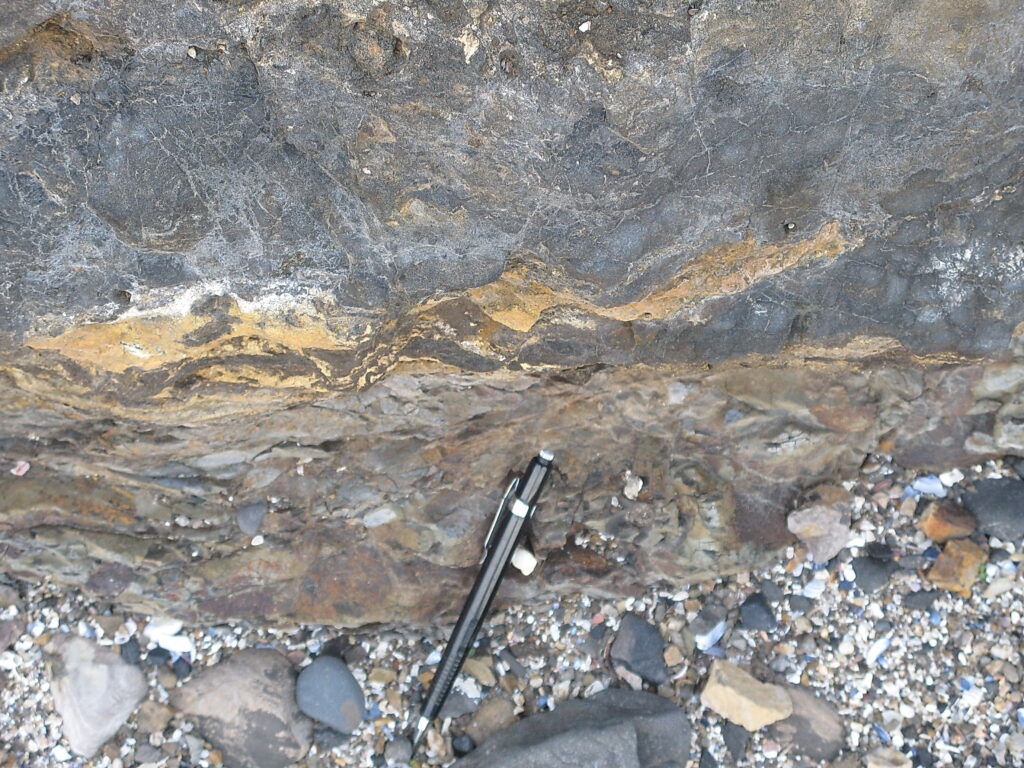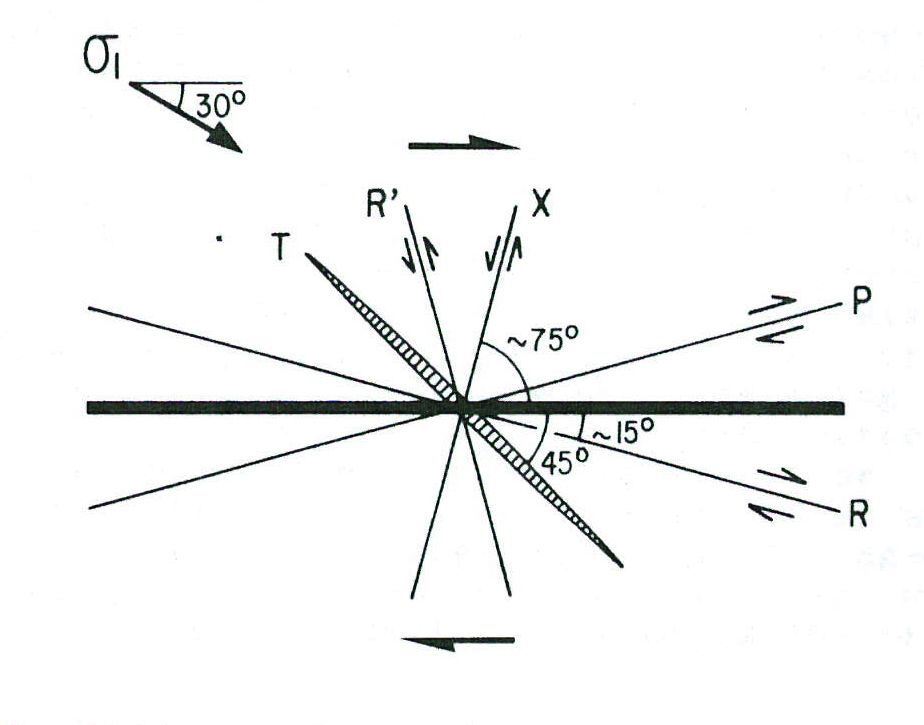
Fault Zone Structure and Kinematic Indicators
Course Details
Applied Stratigraphix is offering a three-day lecture-format short course on the structure of fault zones and fault systems with emphasis on the origin, interpretation and application of kinematic indicators. Kinematic indicators are a distinct group structures that form within simple shear systems whose asymmetric shapes reflect movement direction. The structures are formed under all environmental conditions, from shallow landslides to shear zones deep within the crust and are scale-invariant.
The course will cover the following topics: Recognition of kinematic indicators at scales from thin section to outcrop to plate tectonics; Review of the fundamental mechanisms of rock deformation and their role in producing kinematic indicators; Discussion of the various models of fault zone structure and the unifying model for structures developed under simple shear conditions; The application of course knowledge to the petroleum industry and research in fault behavior.
Who Should Attend
The course is designed primarily for all geologists responsible for interpreting and characterizing fault zones and fault systems. Both exploration geologists as well as researchers and engineering geologists will benefit from this course. It is not necessary for attendees to be structural geologists.
Need more information?
Course Outline
Day 1
Morning: Presentation of graphical examples of kinematic indicators from all form of environments and scale and the history of their recognition and application. The objective is to be able to recognize well-expressed kinematic indicators by appearance.
Afternoon: A review of the fundamental mechanisms of rock deformation including cataclasis, intra-crystalline plasticity and diffusive mass transfer. Examples and discussion of kinematic indicators formed under different environmental conditions.

Day 2
Morning: Presentation and discussion of different ways kinematic indicators have been described and the unifying concept of simple shear structures. Topics will include Riedel shear theory, S-C fabrics, the “strain ellipse” of geological structures.
Afternoon: Examples of the application of kinematic indicators to solving geo-puzzles. Examples will be from all scales – from microscopic thin section to megascopic plate tectonics with an emphasis on petroleum provinces and use in exploration.

Day 3
Morning: Practical exercises to interpret examples of fault zones and fault systems with respect to origin and sense of movement on component faults. Exercises will involve internal fault zone structure and large-scale fault systems.
Afternoon: Applications of the course knowledge to the petroleum industry: Providing constraints on the interpretation of faults and fault systems; Holistic interpretation and mapping of extensional fault systems in 3D; Development of viable models for the evolution of a fault or fault systems over time, including estimating the approximate stress conditions.

This course is available upon request


